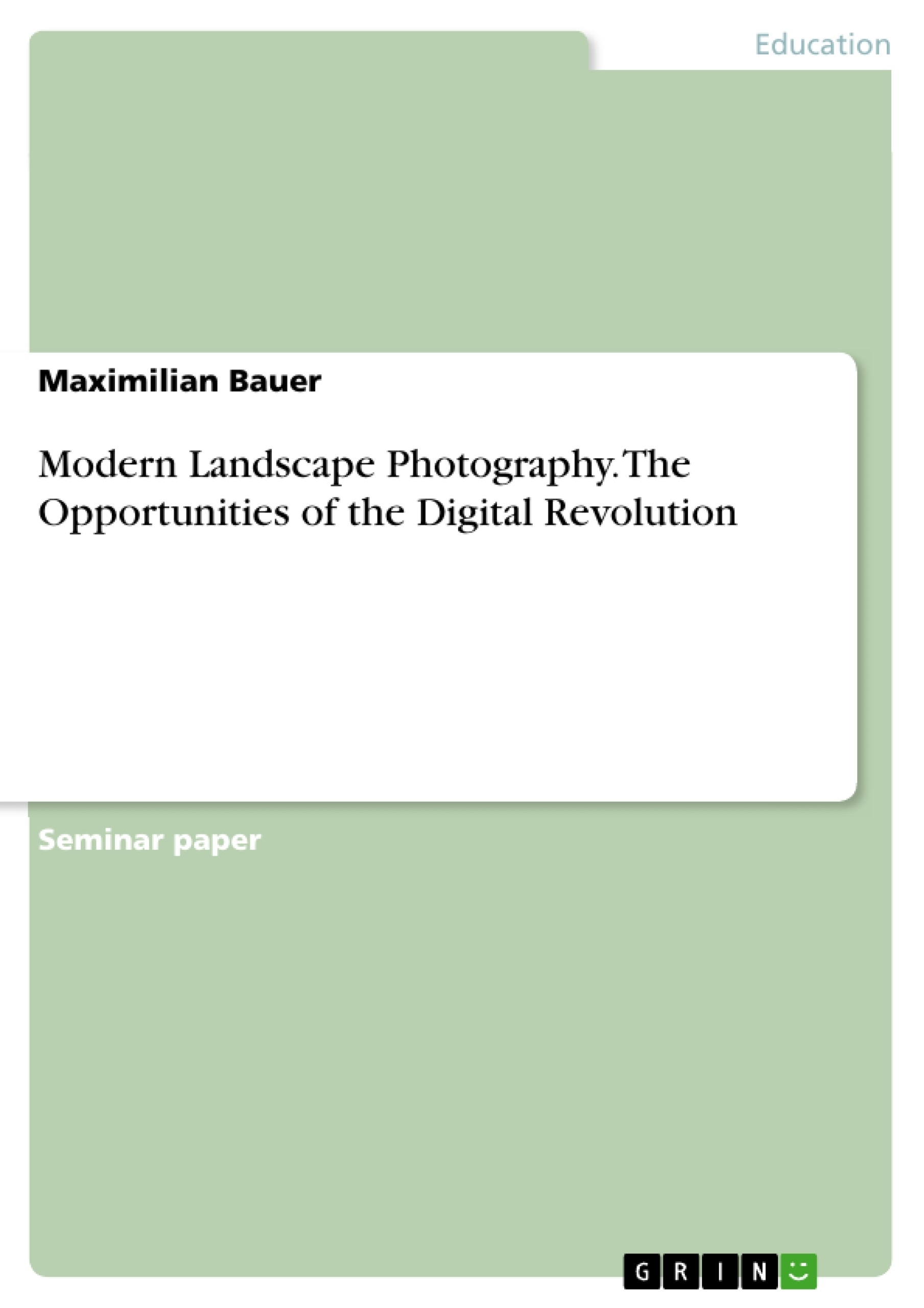Over the course of the last years photography in general changed quite rapidly and starkly. In the beginning it was considered a new form of art, which obviously still is meaningful today, but also photography for non-art-related purposes becomes more and more common.
Everyday photography as for example holiday pictures for remembering became even more widely spread, when digital photography was introduced. Not only the easier handling of a digital compared to an analog camera is a reason for the expansion of digital photography, another main issue of analog photography was the development of the pictures as well as the constant costs of films to put in the camera. With digital photography on the rise also more and more programs to edit and alter pictures popped up in the photography scene. The most prominent of these programs are probably Adobe’s Photoshop and Illustrator. They give the user lots of possibilities to adjust coloring, light, shadows, brightness and other characteristics of photographic images.
In this work a picture taken in the Monument Valley in Utah, USA in the year 2011 will be edited in several ways and it will be discussed, how these changes make different interpretations of these pictures possible, even though the original is the same with all used examples. This will lead to a further thinking about how photography changed from showing a picture of the world as it is in reality to today’s modern photography which only in very few images still shows this unaltered reality.
Inhaltsverzeichnis (Table of Contents)
- Changes in Photography over the last decades
- Photograph of the Monument Valley and its alterations
- Photography Theory relating to the pictures at hand
- Sarah Kember's Shadow of the Object: Photography and Realism
- Lev Manovich's The Paradoxes of Digital Photography
- Discussion of different interpretations of the edited pictures
- Color
- Black and White
- Digital Photography as a chance
- Bibliography
Zielsetzung und Themenschwerpunkte (Objectives and Key Themes)
This paper explores the changes in photography over the past decades, focusing on the impact of digital technology and image editing. The work examines how these changes have affected the representation of reality in photographs, particularly through an analysis of edited images of the Monument Valley in Utah. The primary objective is to understand the different interpretations that can arise from manipulating photographic images and how this alters our perception of reality.
- The evolution of photography from a traditional art form to an integral part of everyday life.
- The influence of digital technology and image editing on photographic practices and perceptions.
- The tension between photographic realism and the manipulation of images.
- The impact of image editing on interpretations and the representation of reality in photographs.
- The concept of authenticity in modern photography and the challenges posed by digital manipulation.
Zusammenfassung der Kapitel (Chapter Summaries)
The first chapter explores the dramatic changes in photography over recent decades, highlighting the rise of digital photography and the increasing prevalence of image editing software. The author discusses how these developments have significantly impacted the way we create and consume photographs.
The second chapter focuses on a photograph of the Monument Valley in Utah, taken during sunset. The author analyzes the original image and then examines several edited versions, exploring how different interpretations can emerge from these manipulations. This analysis examines various aspects of the image, including color, lighting, and the symbolism of the American Indian flag, to understand how these elements contribute to different readings of the scene.
The third chapter delves into theoretical perspectives on photography and realism, drawing on the work of Sarah Kember and Lev Manovich. Kember's insights into the limits of photographic realism and the potential for manipulation to shape interpretations are discussed. Manovich's arguments regarding the unique characteristics of digital photography and the challenges posed by digital image editing are explored, leading to a nuanced discussion about the role of authenticity in the contemporary photographic landscape.
Schlüsselwörter (Keywords)
The key themes and concepts explored in this paper include digital photography, image editing, photographic realism, manipulation, interpretation, authenticity, Monument Valley, Native American culture, and the evolution of photography. The paper examines the complex relationship between technological advancements, image manipulation, and our understanding of photographic representation.
- Quote paper
- Maximilian Bauer (Author), 2014, Modern Landscape Photography. The Opportunities of the Digital Revolution, Munich, GRIN Verlag, https://www.grin.com/document/313372



